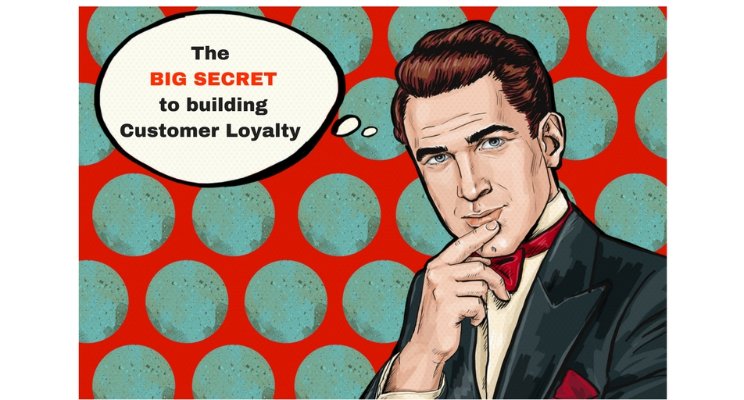Do you believe it is the Customer Experience you provide that makes customers loyal? If you do, I am sorry to be the one to inform you that you are wrong.
I have been a global Customer Experience consultant for fifteen years, since before Customer Experience was even a thing. As a result, I thought I knew everything there was to know about Customer Experiences. Therefore, I was surprised as you are to learn the Customer Experience you provide does not create loyalty; it is the experience customers remember you provide that creates loyalty.
So, what is the difference between the two? The answer to this question is the most powerful thing I have learned in the past ten years.
Making Memories Requires Strong Emotions
Can you remember anything about last Wednesday? Chances are if you do, it will be something that involved strong emotions, like fighting with your spouse or getting a big-year-end bonus! What you ate for lunch or what happened at the drycleaners you probably did not recall.
Why would you not remember those details? Intense emotions create memorable experiences, and moderate emotions don’t. You do not remember lunch or the trip to the cleaners because those events were not emotionally significant enough. However, if you got food poisoning from that new place your coworker recommended, you would remember exactly what you ate for lunch last Wednesday (if for no other reason than to avoid that coworker’s recommendations in the future!). Likewise, if the cleaners lost your sport coat, you would remember that, too.
All Emotions Are Not Created Equal for Memories
If intense emotions create memorable experiences, does that mean all intense emotions that you feel during an experience contribute to your memory of it? Nope. All emotions are not created equally, at least as not as far as the memory of an experience is concerned. It turns out that only specific moments in the Customer Experience form the memory of the customer’s experience. These are the moment of the strongest emotion (called the Peak) and the moment at the conclusion of the experience (called the End). This concept is referred to as the Peak-End Rule.
Professor Daniel Kahneman, winner of the Nobel Prize for Economics, researched the Peak-End Rule. He decided to analyze the concept within the context of the colonoscopy experience—ironically, an experience most people want to forget!
For the research, participants undergoing a colonoscopy reported their pain levels throughout the procedure using a dial to indicate their comfort or discomfort. Looking at the results from the patient’s colonoscopy pain reports, researchers predicted how each of the participants would rate his or her colonoscopy procedure. Then, they compared their predictions against what the participants actually said about their colonoscopy afterward.
Researchers discovered by averaging only two moments in the colonoscopy, the moment when the patients felt the most pain and how patients felt as the colonoscopy ended, one could produce an accurate prediction of how the participant would rate the treatment overall. Moreover, the better the overall rating, the more likely it would be that the patient would return for doctor-recommended follow-up care. In other words, the better the colonoscopy experience the patient felt they had, the more likely they were to come back.
All Experiences Have a Peak and End
Clearly, the most intense emotional moment and how you conclude are two crucial areas in your Customer Experience, at least as far as getting people to come back. What is important here, however, is to know when the peak emotional moment occurs, how to steer it toward an intense emotion that drives value for your organization, and then follow up with a good ending. The good news for most of us is that we are not providing colonoscopies, so we have a fantastic chance to produce a positive peak emotion and deliver a satisfying conclusion!
The Peak-End Rule is the most powerful thing I have learned in the past ten years. It can not only improve your overall Customer Experience, but it can also help you create the type of memory of an experience that brings your customers back for more. Moreover, it can help you build loyalty toward your brand.
To learn more about the Peak-End Rule and how you can use it to develop customer loyalty and retention, join us for our FREE, 30-minute webinar, “The Most Powerful Thing I Have Learnt in the Last 10 Years,” on Thursday, December 16 at 11 am EST. To register,please click here.
If you liked this article, you might also enjoy these:
Revolutionary Thinking on Customer Loyalty
Astonishing BIG Gains from Little Changes!
Act Now to Turn Customer Pain Points into Pleasurable Profits
Improve your CX by signing up now for our new Podcast series ‘The Intuitive Customer’starting January 4th and get our free ebook. Try our contest to win our on demand training!
Colin Shaw is the founder and CEO of Beyond Philosophy, one of the world’s leading Customer experience consultancy & training organizations. Colin is an international author of six bestselling books and an engaging keynote speaker.
Follow Colin Shaw on Twitter @ColinShaw_CX


